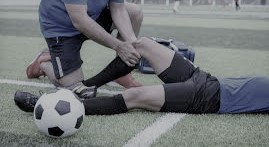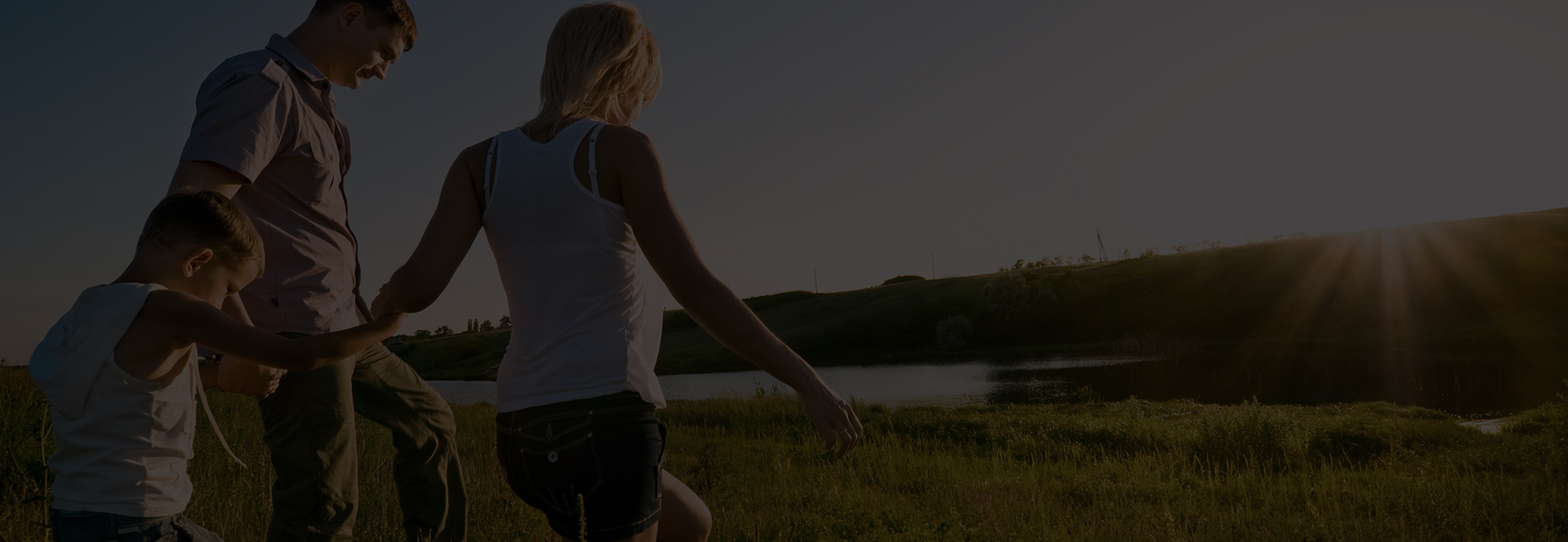10 Feb ACL injuries in youth

Anterior Cruciate Ligament (ACL) injuries are a devastating injury to the knee. Despite huge amounts of research going into our understanding of their management and prevention they are becoming more common. One of the biggest increases in numbers is in the youth population –those between 12 and 18.
Most ACL injuries in New Zealand are termed non-contact injuries, that is there is no contact with another player or athlete when they happen. The typically occur during either a landing from a jump movement of with a sudden change of direction when running. The force from the movement becomes too great for the ligament to cope and it snaps.
As recovery is long, and up to 80% of athletes don’t return to the same level of sport after an injury, understanding why they happen, how we can prevent them, and what is the best rehabilitation for them is important, both to reduce risk/ numbers, and too have better outcomes for those that get injured.
Why? ACL injuries occur when the ligament is overloaded. In youth there are numerous factor that may be involved. 1) Early specialisation in sports is becoming more common. However, this means athletes don’t experience as wide a range of movements and muscle usage as they develop resulting often in areas of weakness or poor control. 2) Poor load management in children. Some youth are extremely highly involved in multiple sports at multiple levels. Lack of qualified conditioning and recovery periods leads to muscular fatigue and loss of concentration resulting in a movement that the body can’t control. 3) Poor general conditioning. Many younger children don’t get out and run, jump and climb like in previous generations. This contributes to an incomplete development of their movement patterns and muscle development.
What can we do? Basic screening programs can help pick up those more at risk. Strengthening programs can then be given to help lessen chances of injury. Specialised warm up protocols have also been shown to have a good outcome. FIFA’s 11+ warm up, which has been adapted by netball and rugby in New Zealand, is a proven way of reducing injuries.
What if? If an injury occurs good rehab is important. This can take up to a year to fully complete. Research now tells us that for return to sport certain goals need to be met. If they are not, there is up to a 50% chance of redoing the injury or doing the opposite side. Completing the rehab fully and passing these goals reduces the risk considerably. For some this may even take more than a year, but for the long term health of your knee, not doing it shouldn’t be an option


Sorry, the comment form is closed at this time.